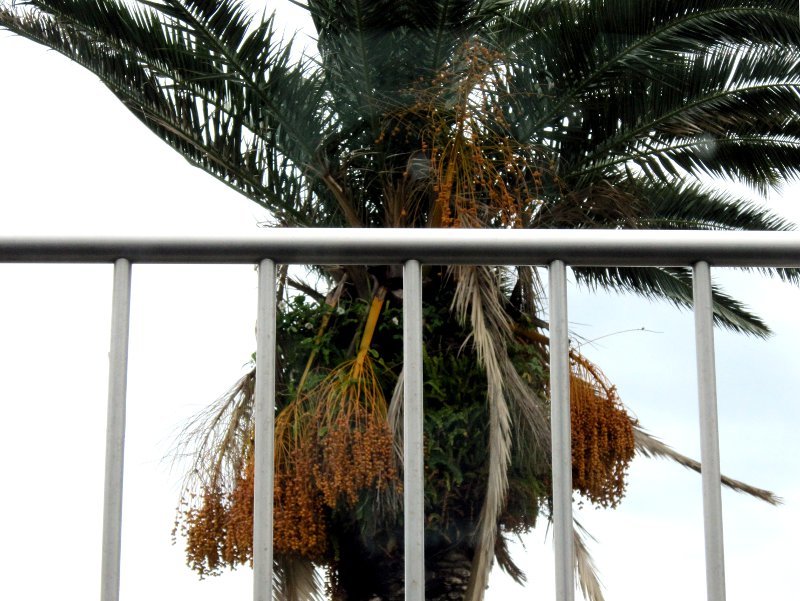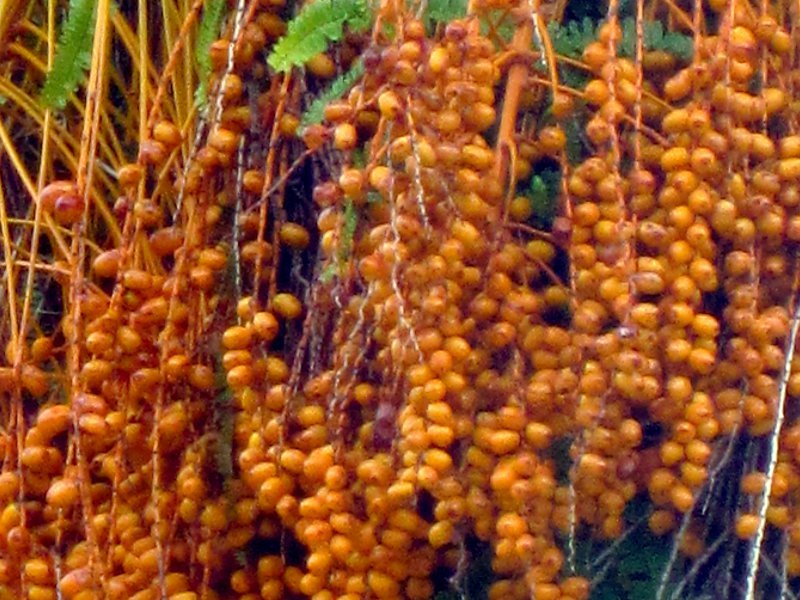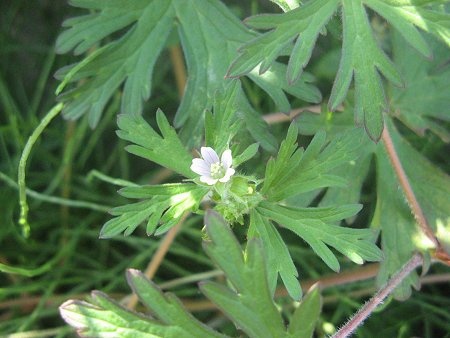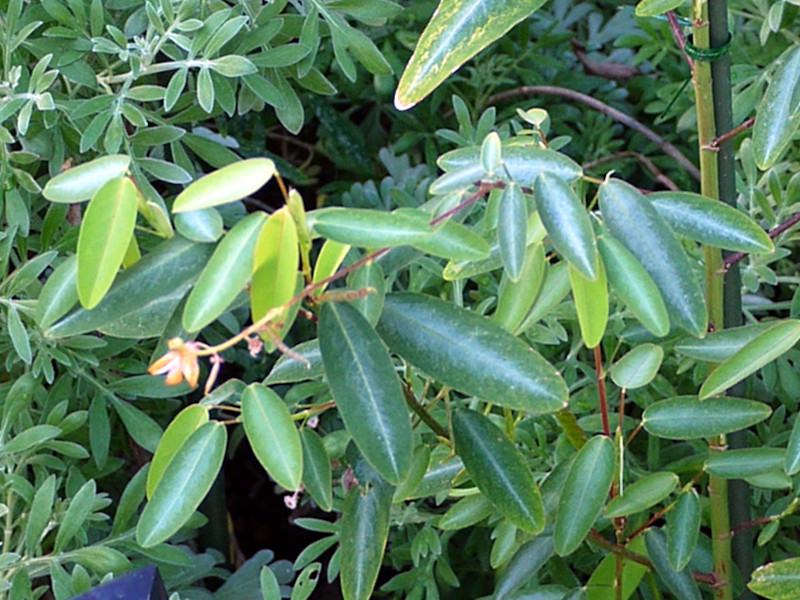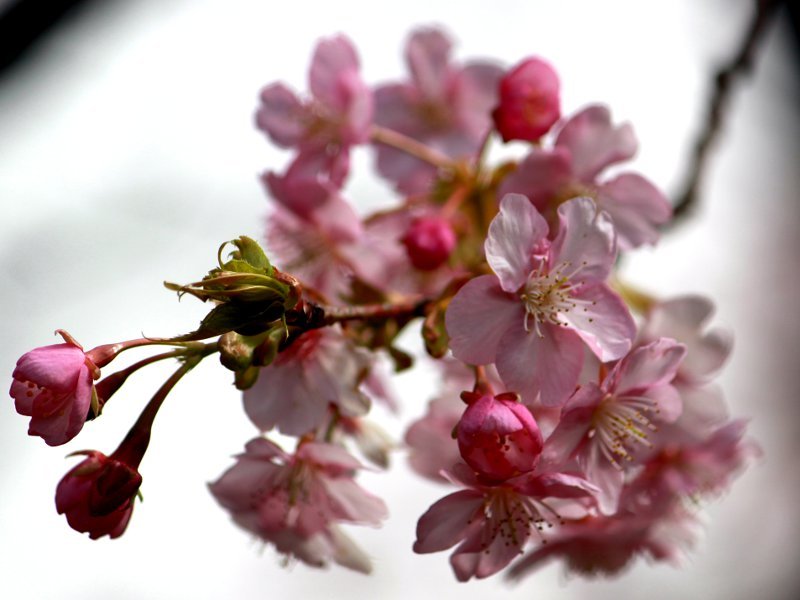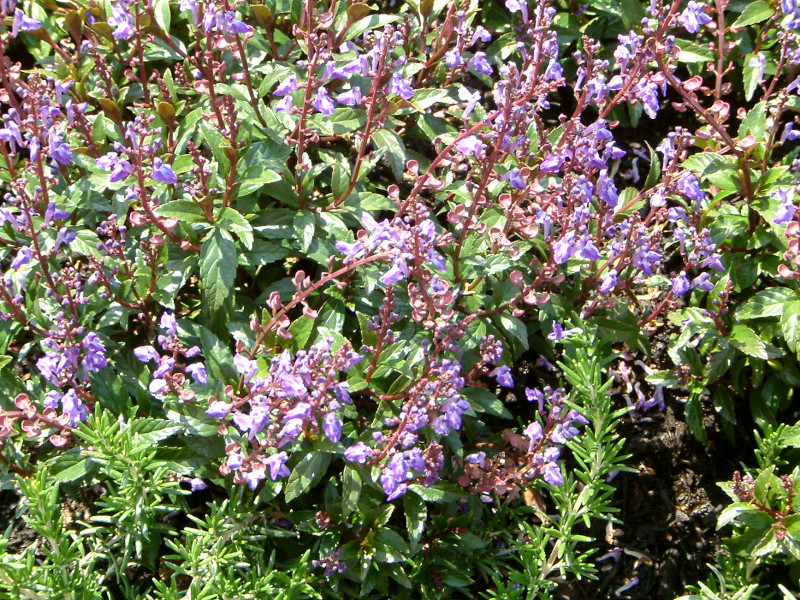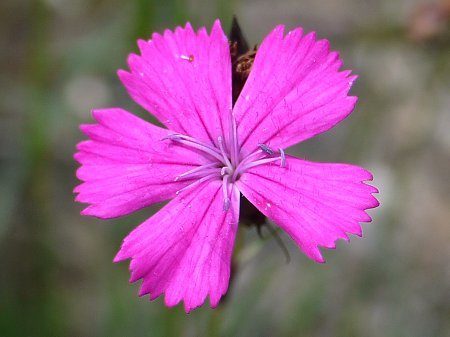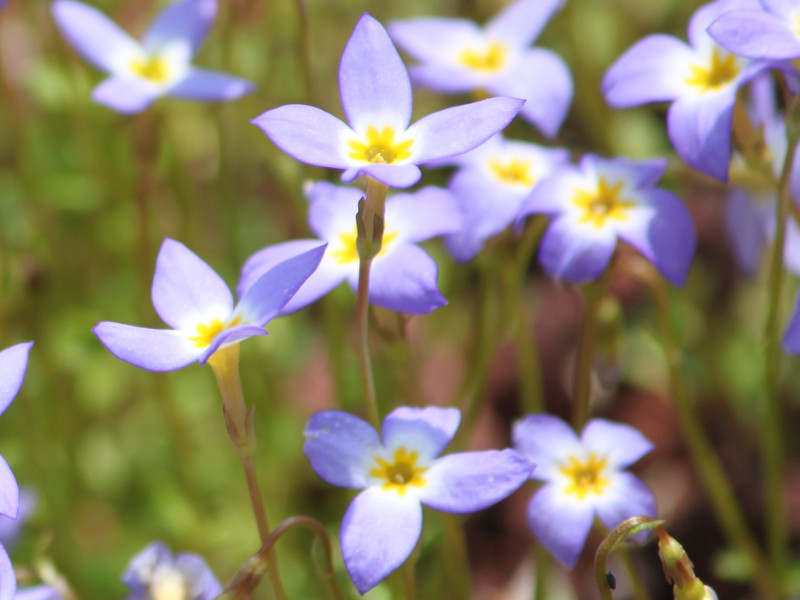Phoenix canariensis
- Flower namePhoenix canariensis
- Scientific namePhoenix canariensis
- AliasCanary date palm, Phoenix, Canary Island date palm, Pineapple palm, Phoenix canariensis
- Place of originCanary Islands
- Place of floweringHorticultural species
- Flowering season
What is Phoenix canariensis
Phoenix canariensis (scientific name:Phoenix canariensis) is a species of evergreen tree in the palm family Arecaceae, native to the Canary Islands. It is also known as the canary palm, Canary Island date palm. In Japan, it is distributed south of Tokyo. The tree is 10 to 20 meters tall with a trunk circumference of 3 meters. It is characterized by its large pinnate compound leaves with a leaf blade up to 5 m long, lanceolate lobes and spines on the roots. The plant is dioecious. The inflorescences grow between the leaves and produce many yellow flowers. After the flowers, oval fruits of 2-3 cm in diameter are produced in beads. It can be planted in botanical gardens and open spaces such as parks. It creates a tropical atmosphere and is designated as the prefectural tree of Miyazaki Prefecture. There are different types of phoenixes, but the term "phoenix" generally refers to the canary palm.
Other members of the Phoenix genus include the date palm (Phoenix dactylifera), which produces a fruit called a date, and Phoenix roebelenii, which grows wild in Southeast Asia.
Generic name: Phoenix canariensis, Scientific name:Phoenix canariensis, also known as: Canary Palm, Canary Island date palm, Habitat: Tokyo South, tree height: 10-20 m, around the stem: 3 m, leaf blade: 5 m, leaf shape: pinnately compound leaves, small leaf: lanceolate, dioecious, flower color: yellow, fruit diameter: 2-3 cm, fruit shape: oval shape, Applications: Park plants, Botanical Garden.

